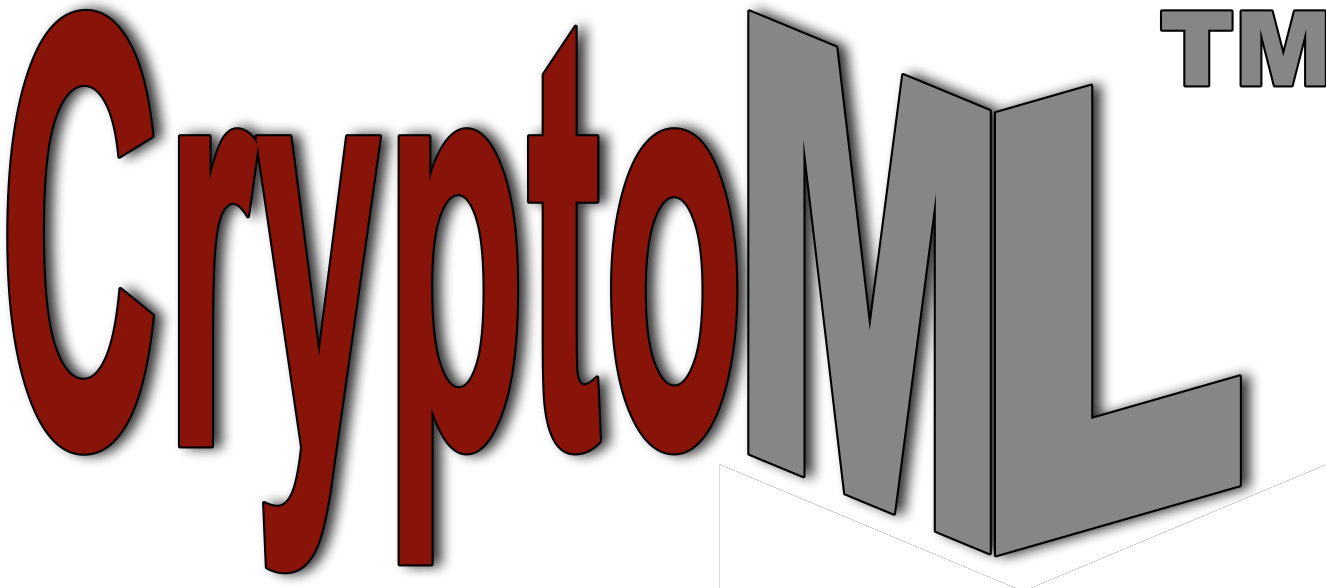Crypto FAQ: What is cryptography and how does it work?
- Alt. Phrasing: What is cryptology?; What is a encryption/decryption?
- Defn: cryptography
[noun]
Cryptography is the study and practice of secure communication techniques that allow only the sender of a message to code (cipher, or encrypt) a message so that only the intended receiver of the message can decode (decipher, or decrypt) and view its semantic contents. Cryptographic techniques assume the presence of adversarial third parties who seek to intercept and decrypt (decode or decipher) the secure encrypted (coded or ciphered) messages for nefarious purposes. In general practice, cryptography is concerned about designing and analyzing secure communication protocols that thwart adversaries from intercepting and decrypting messages.
Cryptographic techniques tend to be multi-disciplinary, as they encompasses various branches of mathematics (algebra, probability, statistics, game theory), computer science (algorithms, complexity theory), electrical engineering (hardware design, FPGA, ASICs), digital signal processing (DSP), physics, and others.
Common applications of cryptography include computer passwords, ATM cards, smart credit cards, cryptocurrencies, electronic commerce transactions, and military communications.
Usage Semantics: The term cryptography is sometimes conflated with the term cryptology, where the former is the practical application of secure communication techniques, whereas the latter is the formal study of these techniques.
Strong cryptography refers to cryptographic techniques based on industry-tested standard algorithms that use robust encryption key lengths. At the time of this writing, examples of industry-tested standards algorithms for minimum encryption strength include AES (128 bits and higher), TDES (minimum triple-length keys), RSA (2048 bits and higher), ECC (160 bits and higher), and ElGamal (2048 bits and higher).
Compare: cryptology
Contrast: plaintext (cleartext)
References:
* Understanding Cryptography: A Textbook for Students and Practitioners, C. Paar et al., 2010.
CRYPTOGRAPHY WORKS and Cryptographyworks.com are trademarks of PivotPoint Technology Corporation. All other product and service names mentioned are the trademarks of their respective companies.

